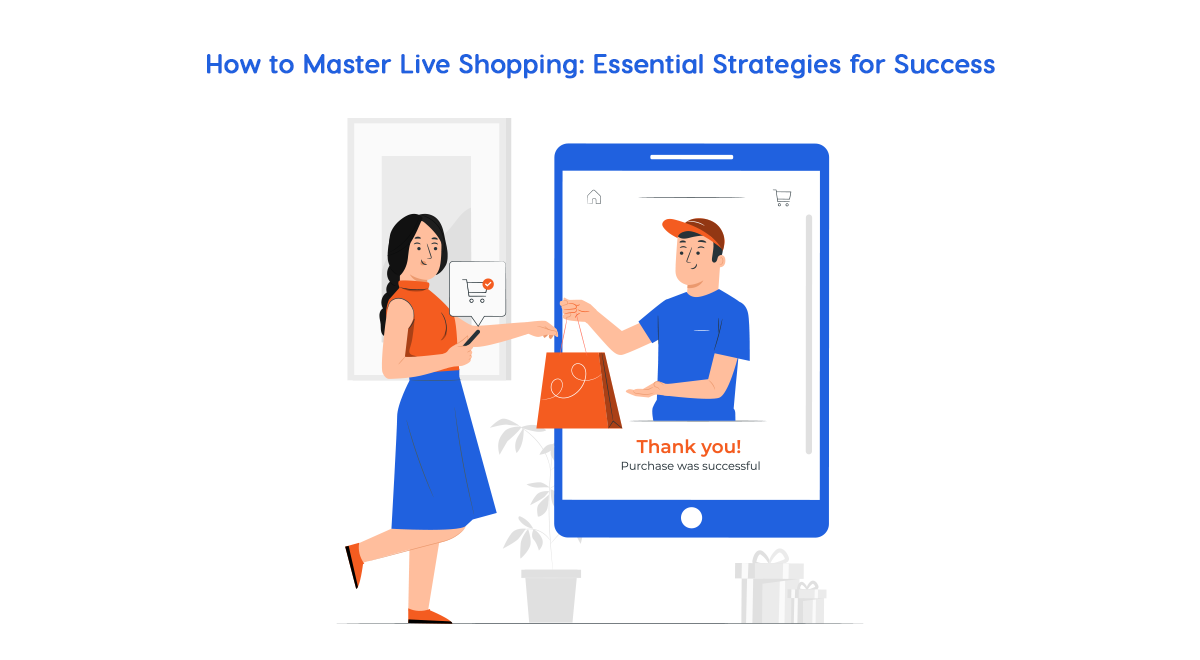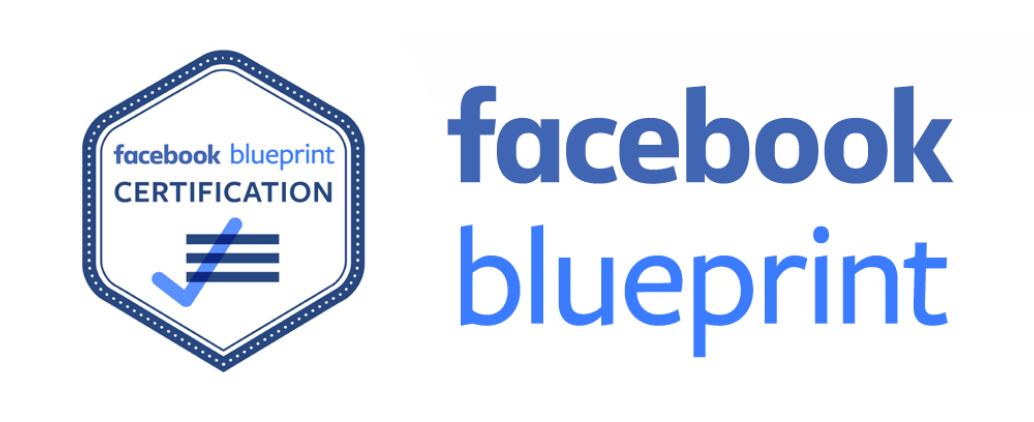As important as it is to produce search-engine-optimized content, it is also essential to keep track of the content to ensure that it continues to meet SEO standards, aka SEO auditing. As daunting as it might sound, SEO auditing is essential to ensure everything is running smoothly. Therefore, every business should regularly perform an SEO audit to ensure they follow best practices and retain visibility in search engines. An SEO audit is a technique of evaluating how well your website is optimized for search engines and identifying areas that need improvement. The goal of an SEO audit is to improve your website’s ranking in search results and increase traffic to your site.
In this guide, we will discuss how to check the SEO health of your content, how to perform an SEO audit on your website, and what you should look for when reviewing your results.
A proper audit also requires you to have specific goals in mind. This will help guide your investigation and give you a better understanding of what needs to be done. Once you know your goals, it’s time to identify your target audience. To do this, ask yourself some questions like: “What type of audience would be interested in my product or service?” or “What are the key phrases that customers use when searching for my type of product or service?” It would be best if you also considered the competition and their online presence. Are they ranking for certain keywords? Are they using similar content strategies as you are?

How to Perform a Proper SEO Audit
Gather all of the information that you can about your website and its contents, including metadata such as title tags and meta descriptions. You’ll also want to look at all of the internal links on your page and map them out using link-mapping software. This will give you an idea of where important pieces of your site are linking to and from. This data can be helpful when determining which pages need more optimization or attention.
After completing the previous steps, you’re ready to analyze your website’s current SEO performance. The audit will help you understand how well your website is performing compared to other websites in the same niche and across different keywords. It’ll also tell you where improvements can be made so that your site can rank higher for more relevant search terms. In some cases, an SEO audit may even identify areas of potential infringement of Google’s guidelines for web optimization.
Content is the most fundamental element of your website, dramatically impacting your on-page SEO. Google constantly updates its SEO practices and what type of content it encourages. Conducting a content analysis will help you identify potential problems with your website’s SEO strategy. Once you have all the information related to your goals and target audience, it’s time to start the content analysis. Start by looking at current Google search results for relevant terms and checking out competitor websites. Then analyze how well your site is performing against these benchmarks.
Conduct keyword research for each phrase or term that appears on your site, both within individual articles and across the entire body of text (including images, video, etc.). It’s imperative to remember not just how many times it has been searched for but also how competitive those terms are currently on search engine results pages (SERPs). If there are key phrases or terms that generate high traffic levels but appear nowhere on your site through organic search, it may be time to reconsider whether they’re really worth targeting with Paid Search campaigns. You can utilize some software tools for this purpose, such as Google AdWords Keyword Planner tool or another paid advertising toolkit like SEMrush Premium Edition.
While there are a lot of factors to keep track of when performing an SEO audit, including checking the title tags and metadata, metadata of your images, and on-page optimization (Opo), adjusting and strategizing your SEO tactics is key to success. One standard adjustment you may need to make is modifying the titles and metas for your content to increase click-through rates (CTRs). For example, changing the “Learn to Delete Gmail Account” titles to something more specific, like “How To Delete Gmail Account Step by Step,” can help draw attention from searchers looking for more detailed information. Additionally, using keyword-rich captions with relevant keywords in them can also improve CTRs.
In addition to titling and captioning your content, it is crucial that all other elements associated with website design – such as H1 tags, descriptions for images/video files, etc.– are optimized according to this as well. By optimizing these various parts of the website simultaneously, it will become significantly easier for Google Search Engine Optimization (SEO) specialists to determine which areas deserve additional attention when working on improving site visibility. Another tactic you might use is creating posts focusing on one or two main topics instead of offering readers a wide range of issues. This will allow you to better target potential customers who are most interested in what you have to say.
Conclusion
SEO audit is a tedious but necessary step that cannot be avoided. The purpose of SEO auditing is not only to identify the shortcomings of your overall website and content, but also to identify areas where there is room for improvement, thereby improving the ranking and revenue of your website. However, you do not need to get overwhelmed by the thorough procedure of carrying out a proper SEO audit. It is quite understandable if you need professional assistance. Companies like Tash’heer strive to serve such needs and offer comprehensive SEO solutions to help you climb up the ranks.




